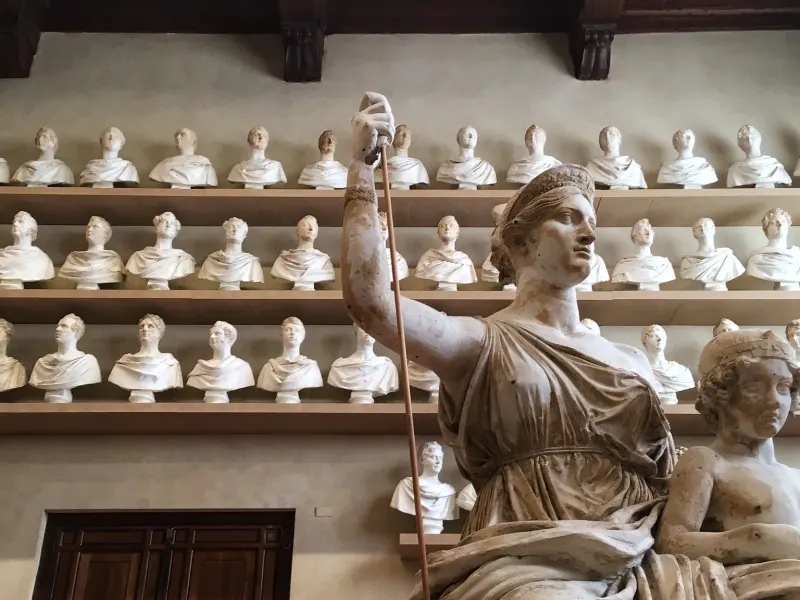
Robert Draws – When painting and sculpture unite, the result is a breathtaking art form that seamlessly blends the vivid imagery of two-dimensional art with the tangible presence of three-dimensional creations. Known as relief, this fusion represents an extraordinary intersection of techniques, styles, and forms. The art of relief has a long history, offering a glimpse into how different dimensions can work together to create something truly remarkable.
Three-dimensional art, or 3D art, is characterized by its physical presence. Unlike two-dimensional art forms such as drawing or painting, 3D art encompasses length, width, and height. Making it a tactile experience for viewers. As noted in the book Seni Budaya dan Keterampilan (2007) by Sri Murtono, examples of 3D art include wood carvings, masks, and reliefs, each showcasing diverse decorative motifs and intricate designs.
Relief, as a unique form of 3D art, is particularly notable for combining the depth of sculpture with the narrative storytelling of painting.
“Read about: Master the Basics: 3 Paints Every Artist Should Know”
Relief is an art form that merges painting and sculpture, creating a bridge between two-dimensional and three-dimensional expression. This hybrid art is often achieved using carving or other techniques to create raised designs on flat surfaces.
Relief art is deeply rooted in history, with examples ranging from ancient temple carvings to contemporary decorative panels. Traditional reliefs are typically created using chiseling or carving methods, as seen in wooden sculptures or temple architecture. In modern times, materials such as bronze, copper, or brass are also used to craft reliefs using alternative methods like casting or embossing.
Relief is more than just a decorative technique; it represents a dynamic approach to storytelling. By combining the vibrant, colorful elements of painting with the spatial impact of sculpture, relief creates an immersive experience that captures the viewer’s imagination.
Examples of relief include intricate carvings on temple walls, which often depict religious or mythological narratives. These works showcase the artist’s ability to convey movement, emotion, and perspective within a limited physical space.
“Read more: L’Oréal’s Le Défilé: Redefining Beauty Standards in Fashion”
According to Pemikiran Pendidikan Prof. Dr. Conny R. Semiawan (2022) by Ariesto Hadi Sutopo, visual art can be broadly categorize into fine art and applied art.
Fine Art: This includes painting, graphic art, sculpture, and film, focusing on aesthetic and creative expression.
Applied Art: This encompasses architecture, visual communication design, fashion design, and product design, emphasizing functionality and usability.
Relief, interestingly, occupies a space that bridges both categories. While often considered a fine art form due to its aesthetic focus, relief can also serve decorative or architectural purposes, aligning it with applied art.
Relief art can be create by using a variety of methods. Traditional carving involves chiseling designs into materials like wood or stone. A technique widely used in historical contexts such as temple architecture.
Modern artists have expanded the scope of relief by employing materials like metal, clay, or even synthetic substances. Techniques such as casting and embossing allow for greater versatility and creativity in design. Enabling artists to experiment with textures, finishes, and forms.
Famous examples of relief art include the intricate carvings found on Borobudur Temple in Indonesia. Which depict scenes from Buddhist teachings. Similarly, reliefs created from brass or bronze, often used in contemporary interior design. Highlight how this art form has evolved to suit modern tastes and applications.
Relief’s ability to blend the two-dimensional qualities of painting with the three-dimensional depth of sculpture makes it a timeless art form that continues to inspire artists and audiences alike.